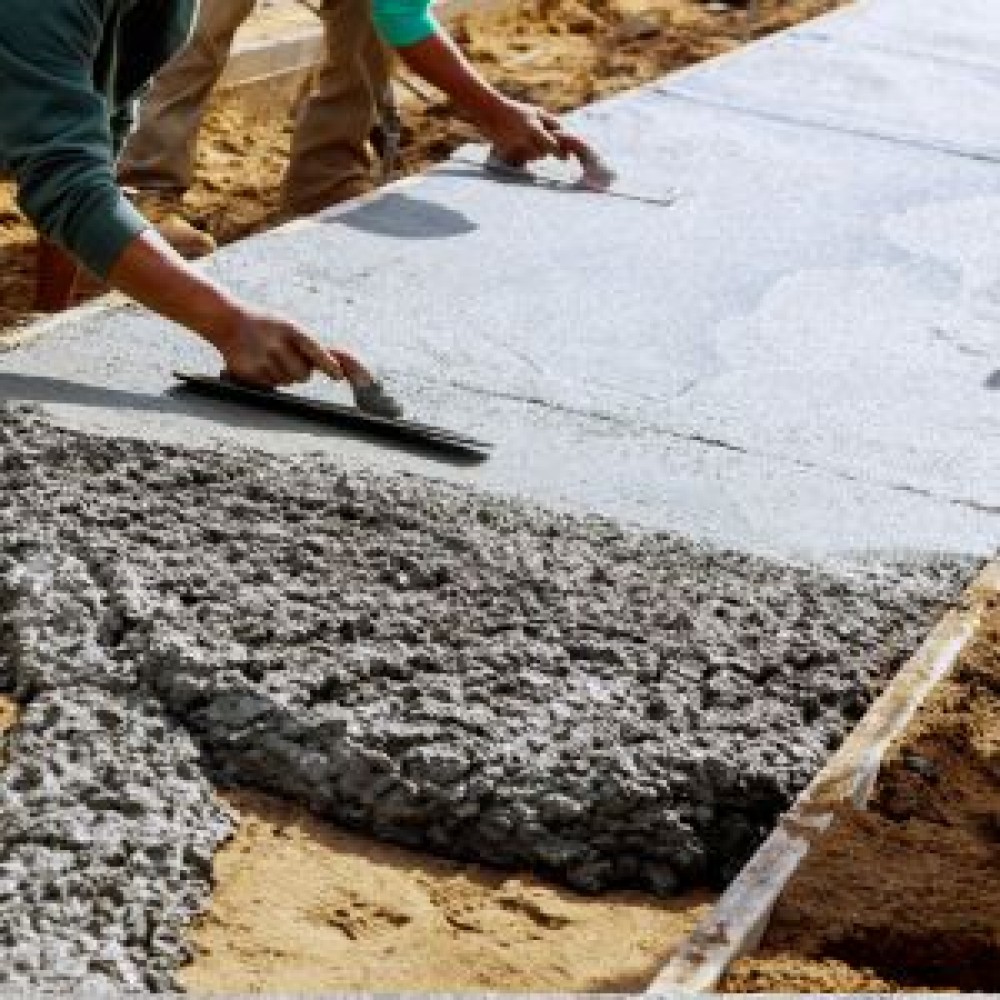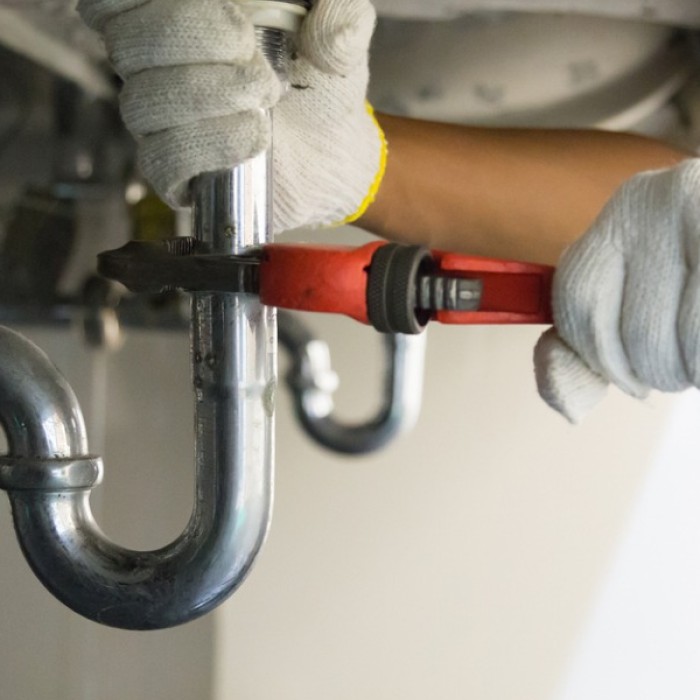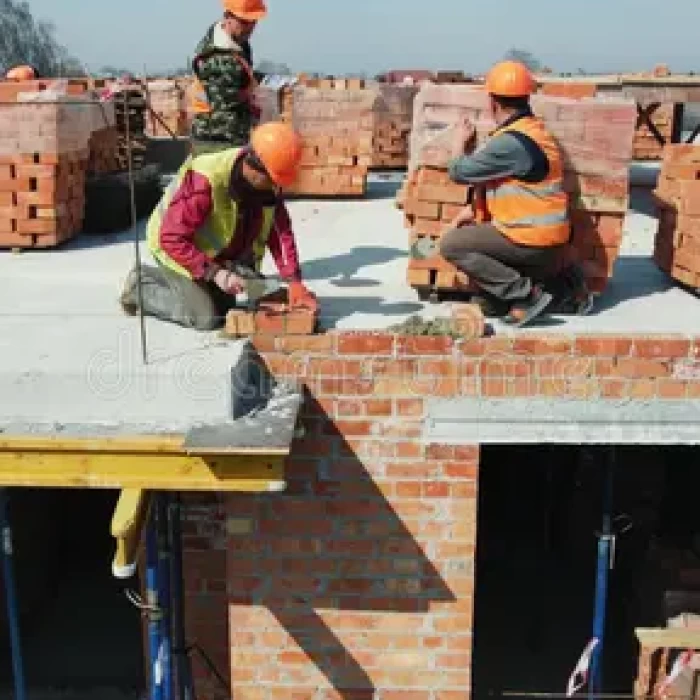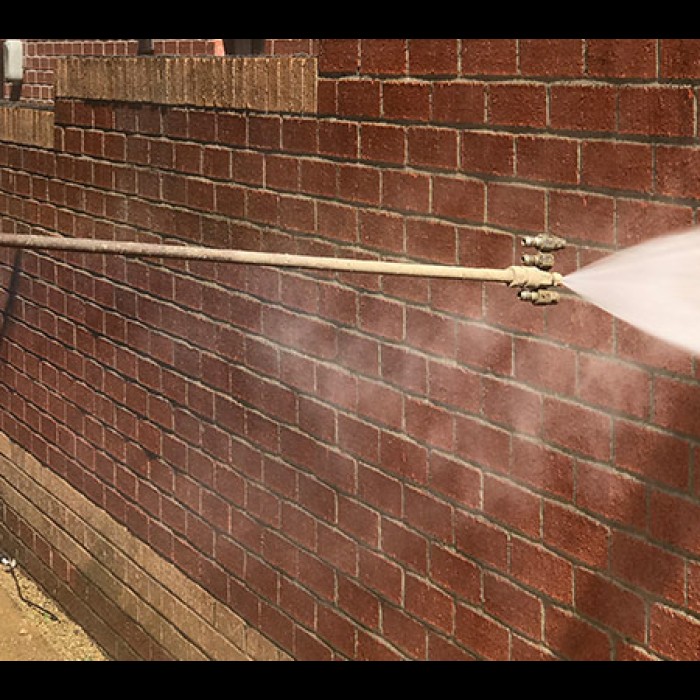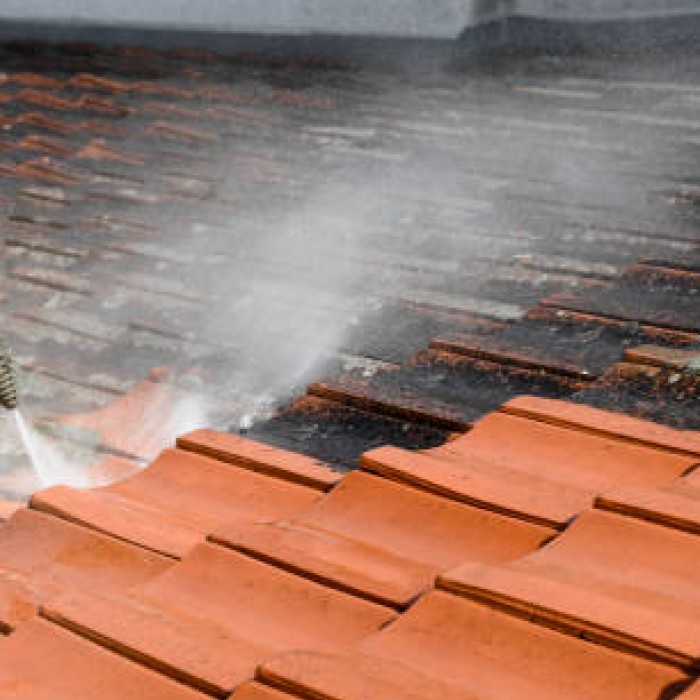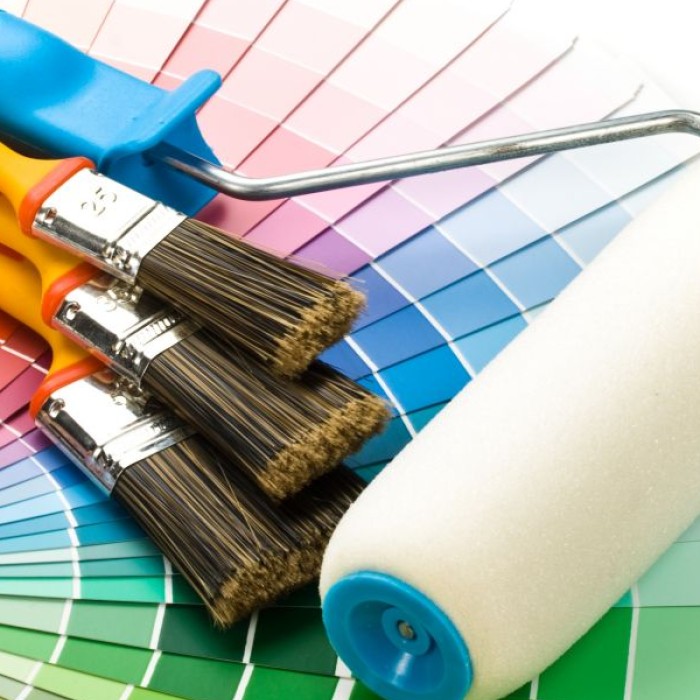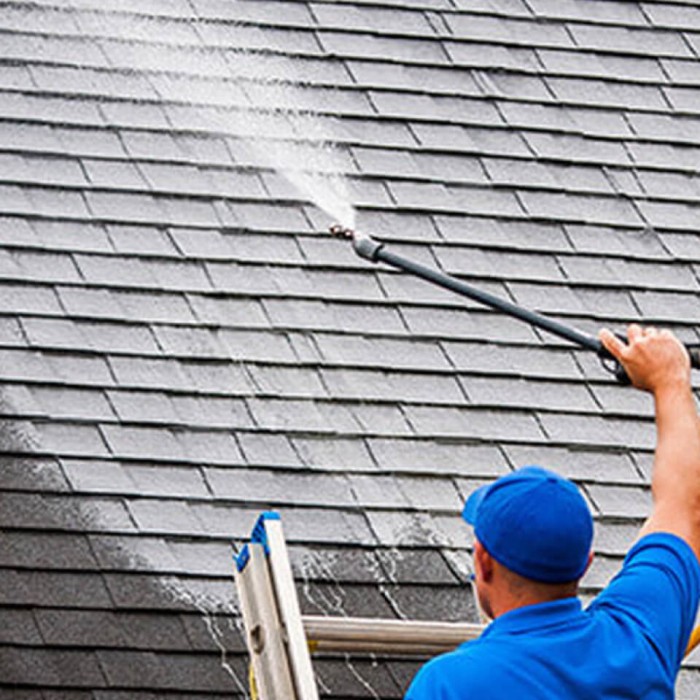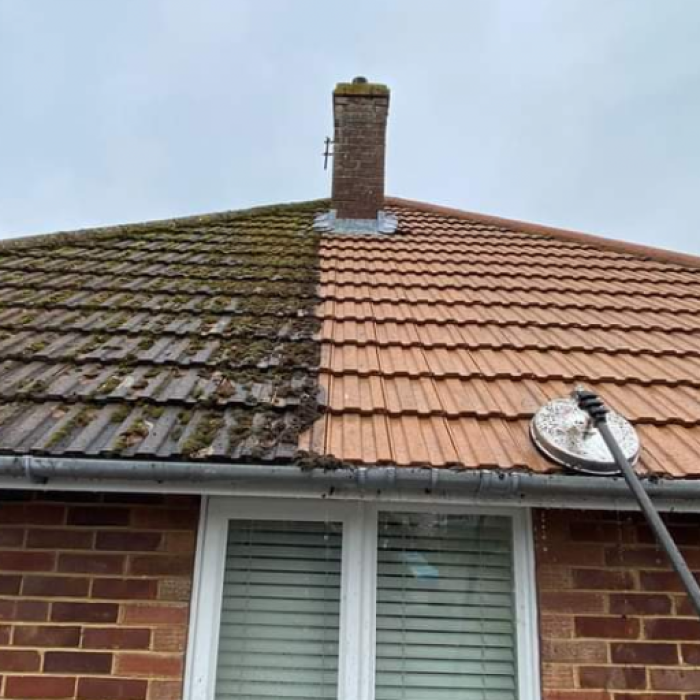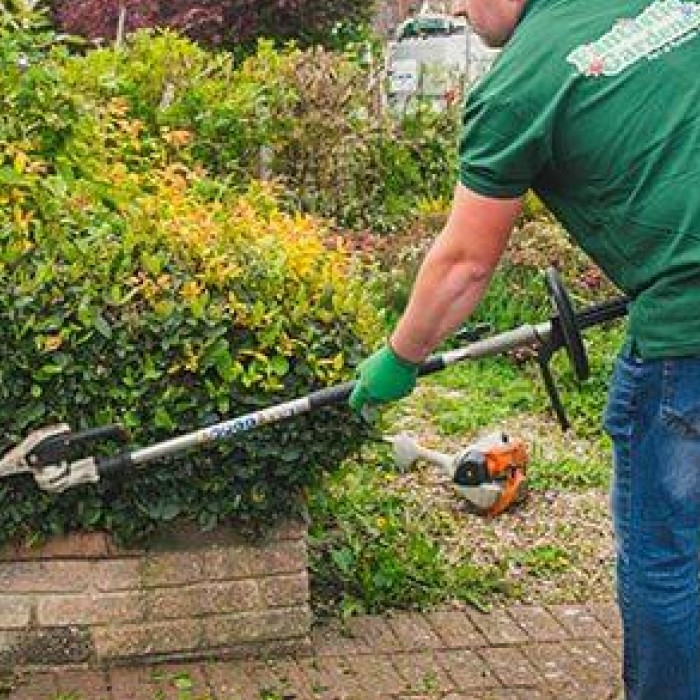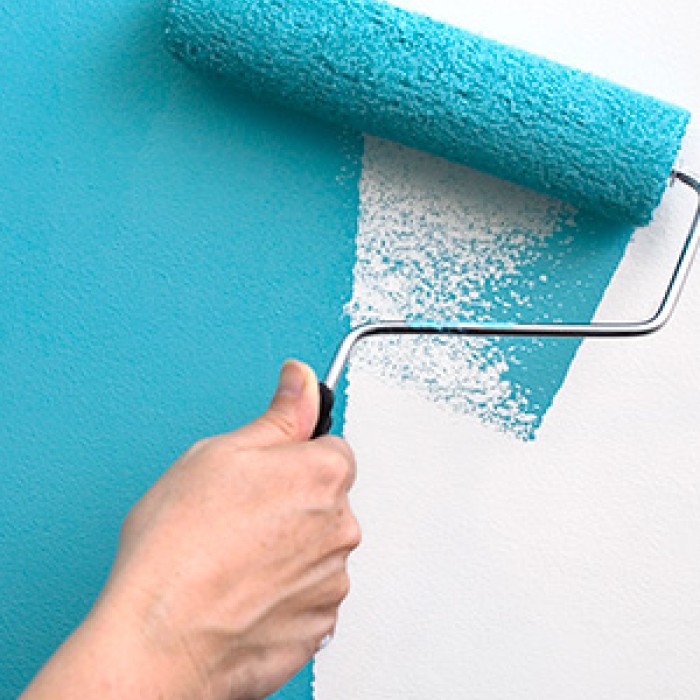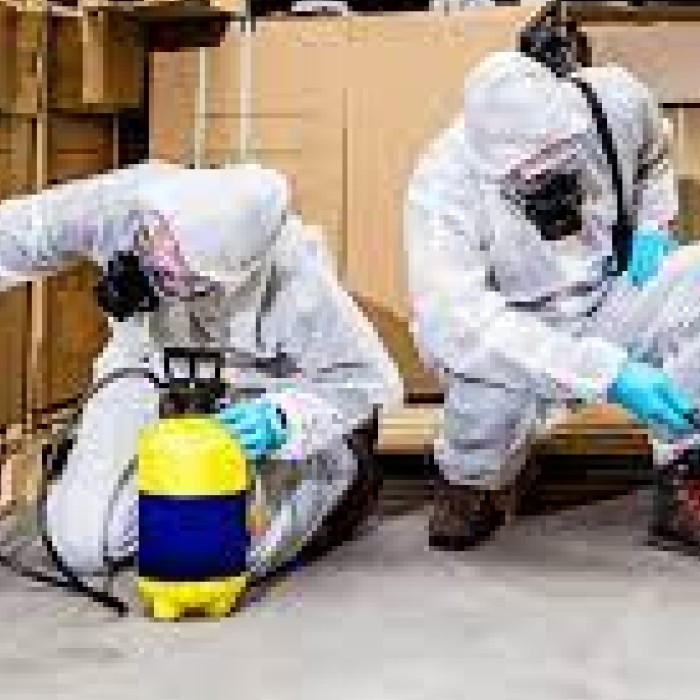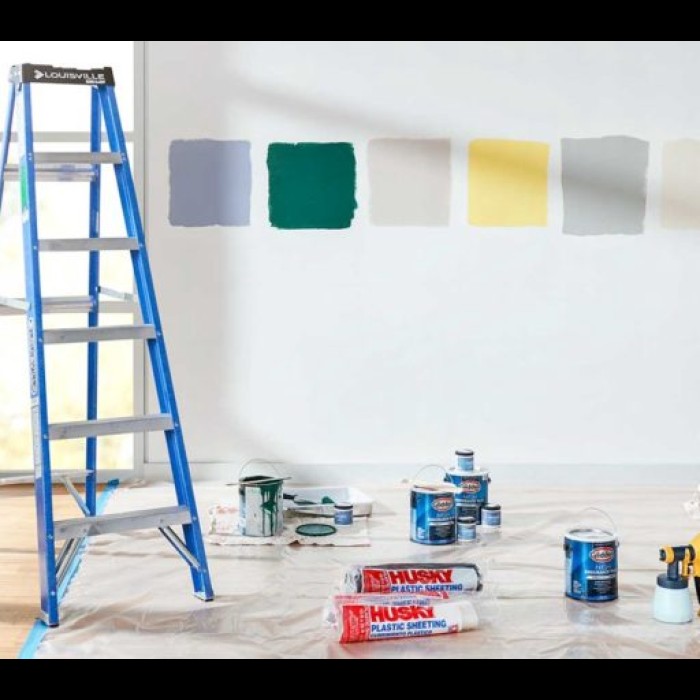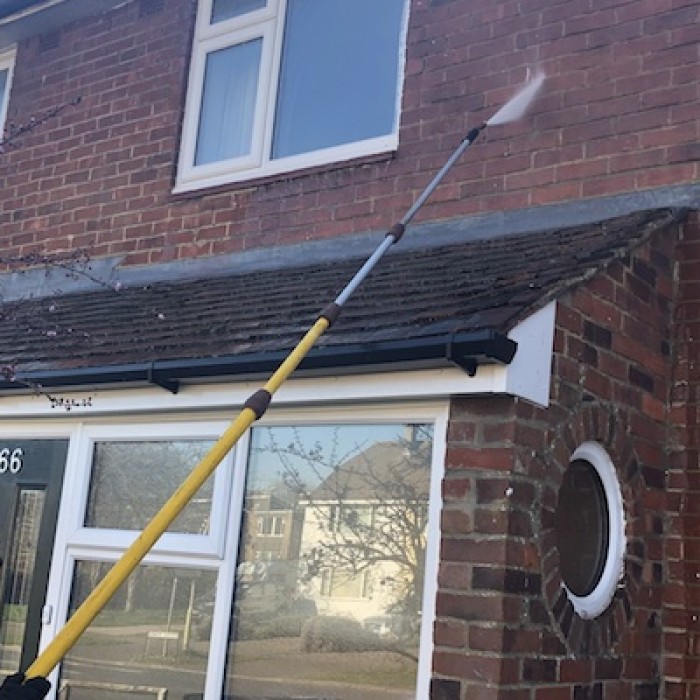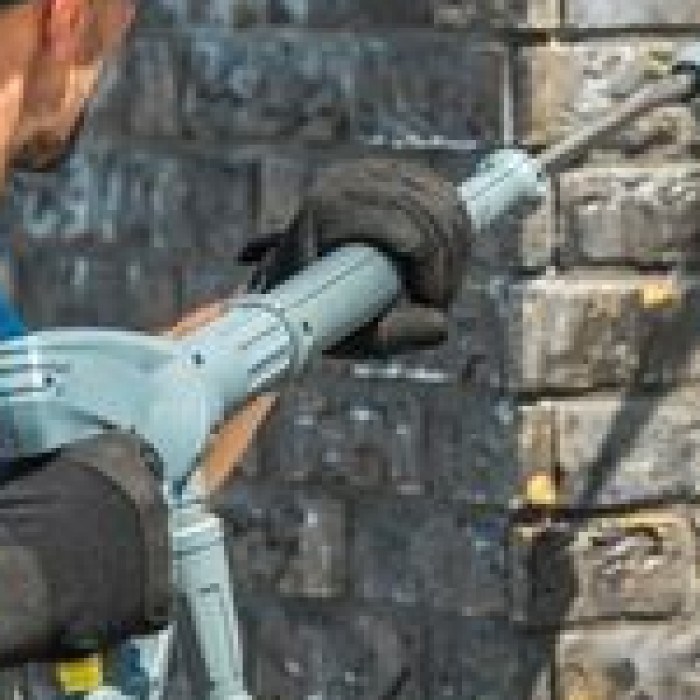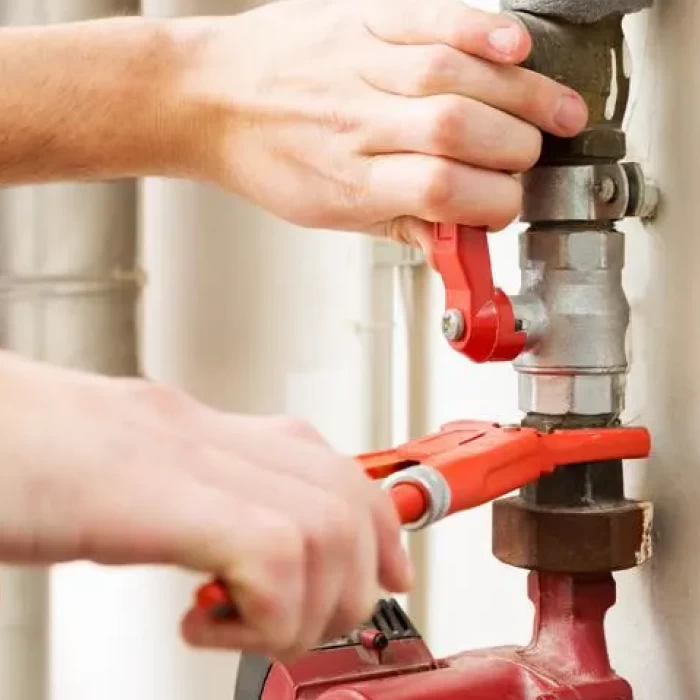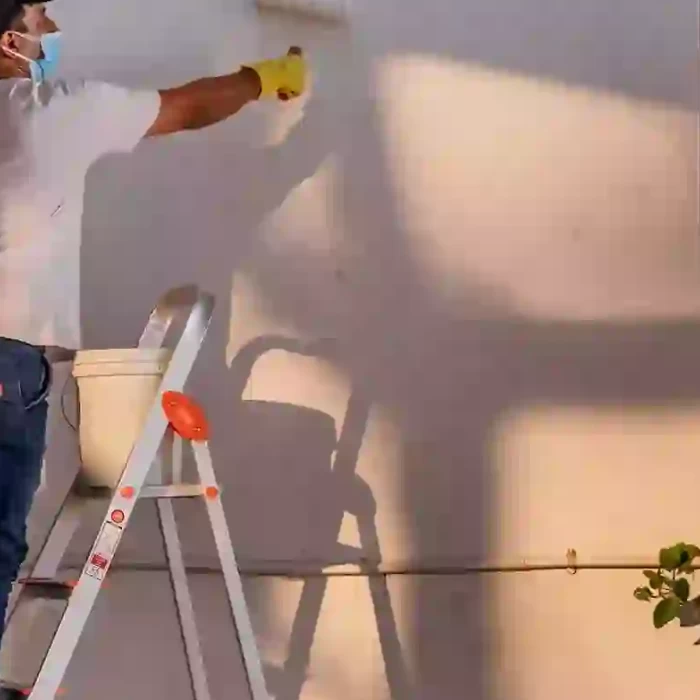Steps Involved in Concrete Rendering and How Professionals Do It
In the realm of construction and concrete rendering, the techniques employed may have remained relatively unchanged over time; however, the diversity of render types has expanded significantly. These renders vary in composition and serve different purposes, providing an array of options to cater to specific project requirements. Whether it's enhancing the aesthetic appeal of a residential property or protecting a commercial building from the elements, concrete rendering finds its place in various areas of construction.
From the traditional sand and cement renders that provide a durable finish for both brickwork and concrete substrates, to the more modern acrylic and polymer renders that offer flexibility and resistance to cracking, there is a render suitable for every project. With the immense variety at hand, it is crucial to understand the intricacies of the rendering process to achieve professional-grade results. In this article, we will delve into the step-by-step process of rendering concrete surfaces, precisely as professionals execute it. Additionally, we will explore the compelling reasons why embarking on a DIY concrete rendering project may prove to be ill-advised.
Steps Involved in Concrete Rendering
Following are the many steps involved in concrete rendering. Each of these must be completed in the right manner before proceeding to the next stage. Tools that professionals use, such as cement render bunnings and things like shovel, trowels are used and therefore are a must-have in this process.
Preparing the Render to be Applied
Professionals usually prepare their render especially if it is a large-scale project with accurate ratios of different materials like cement, asphalt, and even additives like glass fibers for certain types of renders. The ratios can differ significantly depending on whether the coat is a regular coat or a finishing render. The render may be prepared with the help of machines or manually depending on the job.
Surface Preparation
Oil, grease, dust, silicone, and fabric are some of the many materials that one needs to take care of when surface preparation of a wall or any other structure before a plaster or render can be applied onto it. Professionals will carefully examine surfaces, even uneven by nature, and make sure they are clean as possible and ready for render. They may use cleaning agents, brick wash, desiccants, and their expertise to do this.
Application
The application stage follows the thorough preparation of the surface. Skilled professionals utilize their expertise and specialized tools, such as steel floats, to apply the render evenly and smoothly onto the prepared surface. This ensures a consistent thickness and complete coverage for a seamless finish. Their proficiency guarantees not only an aesthetically pleasing result but also enhances the durability and longevity of the rendered surface.
Curing
Curing involves allowing the render to dry and set, allowing it to strengthen and form a solid bond with the surface. Professionals understand the significance of proper curing techniques and conditions, including maintaining appropriate humidity and temperature levels. If a new coat is to be applied, it is not uncommon to wait 3 to 7 days in some high-performance jobs.
Concrete Render Finish
Whether it's a trowel finish for a smooth and dense surface, a bagged/patterned finish to create intriguing patterns, or a sponge finish to achieve a textured look, professionals have the expertise to execute these techniques flawlessly.
Why do not Attempt Rendering the Project by Yourself?
A DIY rendering can only be effective if one has enough knowledge about stuff both in the render mix they use and the rendering techniques they employ. There is also a possibility of rendering not being effective because of not enough precautions taken in the curing or the surface preparation stage, and these are even harder to do well as the results of these processes often only show up later when very little can be done about them. Depending on the health of your walls, the rendering process may have to wait - professionals usually service such walls or surfaces before working with them. It is for this reason, DIY projects must only be done as a hobby or with full knowledge.
Conclusion
In conclusion, concrete rendering is not a job for the average DIY enthusiast. The process is complex and requires specialized skills, especially to ensure a flawless finish or if the project requires a special kind of render. Professional concrete renderers, like those at Worldwide Services, have years of experience and can handle both large and small-scale projects with ease. They use high-quality materials and equipment to deliver a smooth and durable finish that will stand the test of time. They can also prepare a specialized mix of rendering to combat circumstances like extreme weather conditions or to get a particular decorative texture. Rendering may or may not be followed by painting, and usually, the professionals that provide rendering services also provide painting services.

